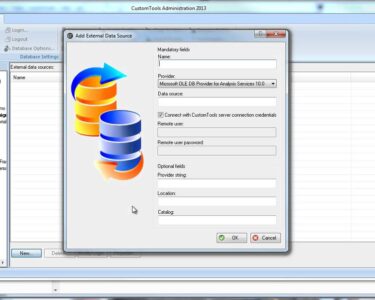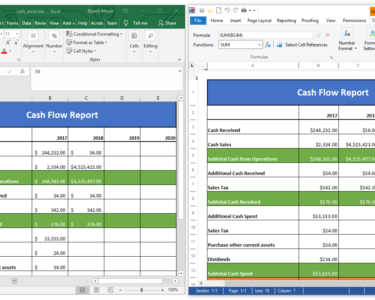Microsoft Excel: Introduction to Power Pivot
Power Pivot is a powerful data analysis tool that extends the capabilities of Microsoft Excel. It allows you to import, model, and analyze large datasets in a flexible and interactive way. With Power Pivot, you can create data models that combine data from multiple sources, perform calculations, and create interactive reports and visualizations.
Key Features of Power Pivot
- Data Import and Modeling: Import data from various sources, including databases, spreadsheets, and web services. Create relationships between tables and define calculations to create a cohesive data model.
- Data Analysis: Perform advanced calculations, such as aggregations, filtering, and sorting. Create calculated columns and measures to extend the data model and derive insights.
- Interactive Reporting: Create interactive reports and visualizations that allow users to explore data, filter results, and drill down into details. Publish reports to Power BI for broader dissemination.
- Collaboration and Sharing: Collaborate with others on the same data model and share reports within the organization. Publish datasets to the Power BI service for secure access and collaboration.
Benefits of Using Power Pivot
- Handle Large Datasets: Power Pivot can handle datasets that are too large for Excel’s default capabilities, allowing you to work with millions of rows of data.
- Create Sophisticated Data Models: Define relationships between tables, create calculated columns and measures, and combine data from multiple sources to create complex and comprehensive data models.
- Perform Advanced Analysis: Perform advanced calculations, such as time-series analysis, forecasting, and statistical functions, to extract meaningful insights from data.
- Create Interactive Reports: Create interactive reports that allow users to explore data, filter results, and drill down into details. Empower users with self-service data exploration capabilities.
- Enhance Collaboration: Collaborate with others on the same data model and share insights. Publish reports to Power BI for broader access and collaboration within the organization.
Getting Started with Power Pivot
To get started with Power Pivot, you need Microsoft Excel with the Power Pivot add-in enabled. You can enable the add-in by going to File > Options > Add-Ins and selecting "Power Pivot" in the Manage dropdown list.
Once Power Pivot is enabled, you can create a new data model or import an existing one from a data source. To create a new model, click on the "Power Pivot" tab in the Excel ribbon and select "Data Model."
To import data, click on the "Home" tab in the Power Pivot window and select "Get Data." You can choose from various data sources, such as databases, spreadsheets, and web services.
Once you have imported data, you can create relationships between tables and define calculations. To create a relationship, drag and drop a field from one table onto a field from another table. To create a calculated column or measure, click on the "Calculations" tab and select "New Column" or "New Measure."
You can now create interactive reports and visualizations using the data model. To create a report, click on the "Insert" tab in the Excel ribbon and select "PivotTable" or "PivotChart." Drag and drop fields from the data model to the report layout.
Power Pivot is a powerful tool that can greatly enhance your data analysis capabilities in Excel. By leveraging its features, you can create sophisticated data models, perform advanced analysis, and create interactive reports that drive data-driven decision making.


